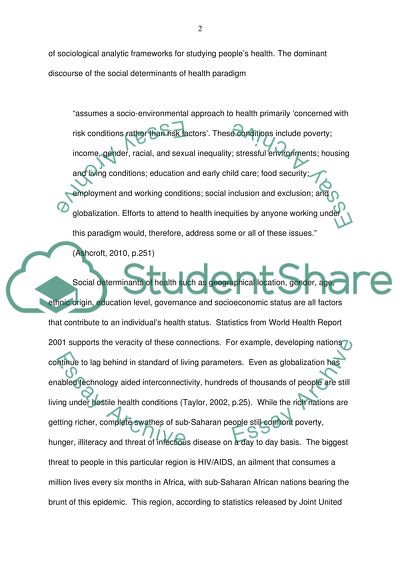Cite this document
(“Sociological Explanations for Apparent Health Inequalites in Society Essay”, n.d.)
Sociological Explanations for Apparent Health Inequalites in Society Essay. Retrieved from https://studentshare.org/sociology/1444906-sociological-explanations-for-apparent-health
Sociological Explanations for Apparent Health Inequalites in Society Essay. Retrieved from https://studentshare.org/sociology/1444906-sociological-explanations-for-apparent-health
(Sociological Explanations for Apparent Health Inequalites in Society Essay)
Sociological Explanations for Apparent Health Inequalites in Society Essay. https://studentshare.org/sociology/1444906-sociological-explanations-for-apparent-health.
Sociological Explanations for Apparent Health Inequalites in Society Essay. https://studentshare.org/sociology/1444906-sociological-explanations-for-apparent-health.
“Sociological Explanations for Apparent Health Inequalites in Society Essay”, n.d. https://studentshare.org/sociology/1444906-sociological-explanations-for-apparent-health.


